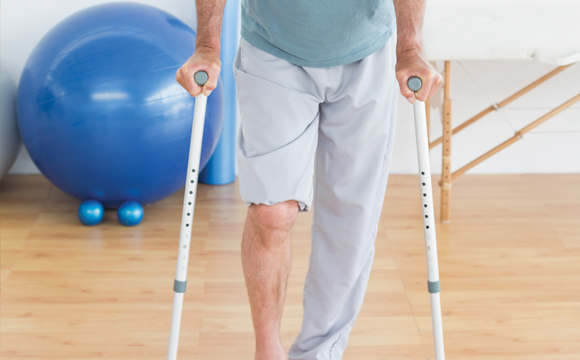Facilitating Recuperation Using Customized Physical Activity Regimens in Recovery Practices
Wiki Article
Rehabilitation is an essential procedure for patients who have undergone surgeries, or other health conditions. Rehabilitation initiatives play a crucial role in assisting these patients to regain their resilience, improve movement, and return to their routine activities. Tailored fitness prescription is a critical component of successful recovery. This signifies that workouts are specifically structured to meet the individualized needs of each person. By concentrating on personalized therapy plans, recovery programs can accelerate recovery and support better wellness outcomes.
One of the first steps in creating a customized exercise plan is assessing the patient’s condition. Medical professionals perform evaluations to determine the specific limitations and abilities of each individual. This might include functional assessments, conversations about medical background, and goals for rehabilitation. For instance, an athlete rehabilitating from a leg injury may have distinct needs than an elderly individual recovering from joint surgery. By recognizing these variations, practitioners can design an exercise regimen that addresses the specific aspects of each case.

Incorporating multiple forms of exercises is crucial for effective recovery. Resistance training , mobility routines, and cardiovascular exercises all play important functions in recovery. Resistance training assists restore muscle and improve stamina, which is especially important after extended durations of inactivity. Flexibility movements increase range of motion and reduce rigidity in joints. Cardiovascular workouts, like brisk walking or cycling, improve overall conditioning and support cardiac function. A well-rounded exercise program that incorporates all these elements can significantly assist in the rehabilitation process.
Tracking advancement is another critical aspect of recovery initiatives with tailored exercise plans. As patients engage in their personalized routines, healthcare practitioners observe improvements and make required adjustments to the program. This ongoing assessment ensures that the exercises remain effective and appropriate as the individual advances. Establishing defined milestones can also motivate participants during their rehabilitation journey. Achieving small objectives boosts confidence and encourages persistence next page in adhering with the recovery program.
Ultimately, enhancing rehabilitation through personalized fitness prescription requires collaboration between medical practitioners and patients undergoing rehabilitation. Open dialogue is essential to understanding how each individual feels throughout their rehabilitation journey. By collaborating together, both sides can address any obstacles read this article and acknowledge successes along the way. Tailored exercise plans not only assist patients heal physically but also contribute to their emotional well-being by fostering a feeling of accomplishment and self-reliance as they progress towards their wellness goals.